Home>diy>Building & Construction>What Is A Flashing In Construction
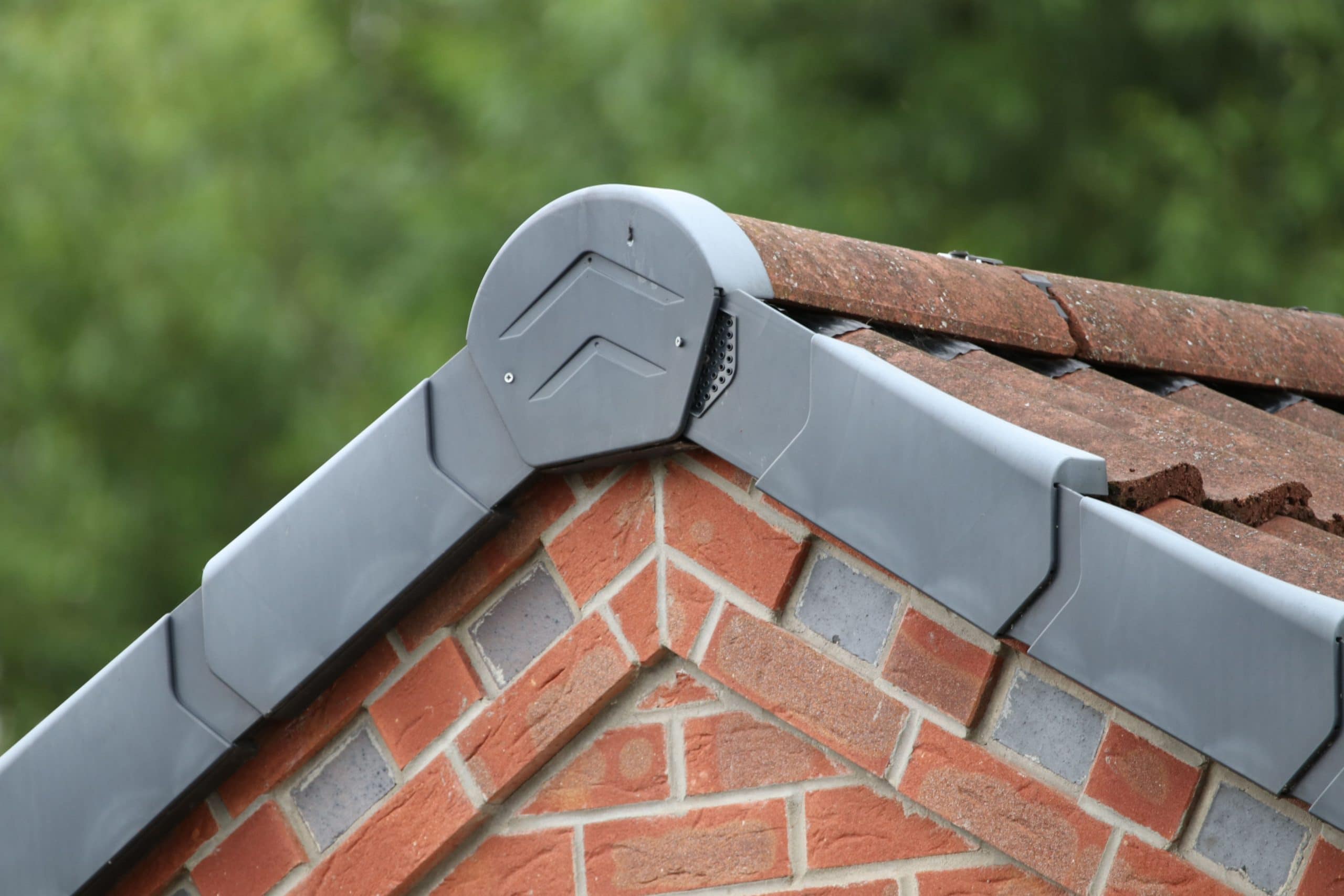

Building & Construction
What Is A Flashing In Construction
Modified: March 1, 2024
Learn about the importance of flashing in building construction and how it contributes to the durability and stability of structures.
(Many of the links in this article redirect to a specific reviewed product. Your purchase of these products through affiliate links helps to generate commission for Storables.com, at no extra cost. Learn more)
Introduction
Welcome to the world of construction! Building structures that stand the test of time requires a deep understanding of various components, techniques, and materials. One crucial element in construction that often goes unnoticed is flashing. Flashing plays a vital role in keeping a building safe and secure from water damage, ensuring its longevity and structural integrity.
Flashing refers to the thin, weather-resistant material installed in areas where two different building components meet, such as the junction between a roof and a wall, or around windows, doors, and chimneys. This seemingly insignificant detail is of utmost importance in preventing water infiltration, which can cause significant damage to a building’s structure and interior.
In this article, we will delve into the definition and purpose of flashing in construction, explore the different types of flashing, learn about proper installation techniques, highlight the importance of proper flashing, discuss common problems that can arise with flashing, and offer solutions to address those issues.
Key Takeaways:
- Proper flashing installation is crucial for preventing water damage, maintaining structural integrity, and enhancing energy efficiency in building construction. It’s a small detail with big impacts!
- Regular maintenance and addressing flashing issues promptly are essential for preserving the integrity of the flashing system and protecting buildings from potential water infiltration and associated damages.
Read more: What Is Flashing On A Chimney
Definition of Flashing in Construction
Flashing is a critical component of building construction designed to prevent water from penetrating the building envelope. It is a thin, waterproof material typically made from metal, such as aluminum or stainless steel, or a synthetic material like rubber or PVC. Flashing is strategically installed in areas where there is a potential for water intrusion, creating a barrier that redirects water away from vulnerable areas.
The primary function of flashing is to provide a watertight seal at joints and transitions between different building components. It is installed to channel water away from potential entry points, such as roof valleys, wall intersections, door and window openings, and other vulnerable areas prone to water penetration.
Flashing acts as a protective barrier against moisture, preventing water from seeping into the building’s structure, which can lead to the growth of mold, rot, and structural damage. It also helps to maintain the building’s energy efficiency by preventing air leakage and the entry of moisture, which can cause thermal bridging and reduce insulation effectiveness.
Flashings are commonly found in roofing systems, where they are used to seal the edges of roof sections and around chimneys, skylights, and vents. They are also installed around windows and doors, where water penetration is a common concern. Additionally, flashings are used in vertical applications, such as walls and foundation transitions, to provide the necessary protection against water infiltration.
In summary, flashing is a crucial component of building construction that serves to protect the structure from water damage by redirecting water away from vulnerable areas. Its installation is essential in ensuring the longevity and integrity of buildings, preventing costly repairs and potential health hazards associated with water intrusion.
Purpose of Flashing
The primary purpose of flashing in construction is to prevent water infiltration and protect the building from moisture damage. It serves as a barrier, redirecting water away from vulnerable areas where different building components meet. Let’s explore the specific purposes of flashing in more detail:
- Waterproofing: Flashing acts as a waterproof seal that prevents water from seeping into the building envelope. It is installed in areas where water could potentially penetrate, such as roof valleys, wall intersections, and openings like windows, doors, and chimneys.
- Moisture Control: Flashing helps to control moisture by redirecting water away from vulnerable areas. By channeling water off the surface, it prevents the accumulation of moisture that can lead to mold growth, rot, and deterioration of building materials.
- Structural Integrity: Flashing plays a crucial role in maintaining the structural integrity of a building. By preventing water infiltration, it helps to protect the building’s structural components, such as wood framing, from moisture damage that can lead to weakening or deterioration over time.
- Energy Efficiency: Properly installed flashing contributes to energy efficiency by preventing air leakage and reducing thermal bridging. It helps to maintain a tight building envelope, preventing the entry of outside air and minimizing heat loss or gain, resulting in improved insulation performance and reduced energy consumption.
Overall, the purpose of flashing is to ensure the longevity and durability of a building by preventing water infiltration. By creating a barrier against moisture, flashing helps maintain a dry and structurally sound environment, which is crucial for a building’s functionality and the well-being of its occupants.
Types of Flashing
Flashing comes in various forms, each designed to cater to specific areas and applications within the construction process. Let’s explore the different types of flashing commonly used in building construction:
- Step Flashing: Step flashing is commonly used in roofing applications, particularly at the junction of a roof and a vertical wall. It consists of individual, overlapping metal pieces that are integrated into the shingles or roofing material and fit against the vertical wall. Step flashing ensures a watertight seal and helps channel water away from the vulnerable joint.
- Drip Edge: Drip edge flashing is installed along the edges of a roof to protect the underlying structure from water infiltration. It is typically made of metal and serves to redirect water away from the fascia and into the gutters or away from the building. Drip edge flashing helps prevent water from flowing back underneath the roof covering, minimizing the risk of water damage.
- Window and Door Flashing: Flashing around windows and doors is crucial to prevent water intrusion at these vulnerable areas. Flexible flashing tapes or membranes are commonly used, which adhere to the window or door frame and create a watertight seal. This type of flashing helps redirect water away from the openings, protecting the building envelope.
- Chimney Flashing: Chimney flashing is installed around the base of the chimney, sealing the joint between the chimney and the roof. It typically consists of metal flashing pieces, such as step flashing or a continuous apron flashing, which create a watertight seal and prevent water from entering the building through this critical junction.
- Wall and Foundation Flashing: Wall and foundation flashing is installed at the transition between a building’s walls and the foundation. This type of flashing helps prevent water infiltration into the building’s interior or basement. It can be made of metal or a flexible membrane, and it ensures a watertight seal in this vulnerable area.
It’s important to note that different types of flashing may be required depending on the specific building materials and the regional climate. Consulting with a professional builder or following local building codes will help determine the most suitable types of flashing for your construction project.
By understanding the different types of flashing available and their specific applications, you can ensure that your building is properly protected from water infiltration and potential water damage.
Installation of Flashing
The proper installation of flashing is crucial to ensure its effectiveness in preventing water infiltration and protecting the building from moisture damage. Here are some general guidelines to follow when installing flashing:
- Plan Ahead: Before beginning the installation process, carefully review the construction plans and identify the areas where flashing will be required. Consider factors such as roof slope, wall intersections, openings, and other vulnerable areas.
- Use Suitable Materials: Select flashing materials that are appropriate for the specific application. Metal flashing, such as aluminum or stainless steel, is commonly used for its durability and resistance to corrosion. Synthetic materials like rubber or PVC may be used for flexibility or in situations where metal may not be suitable.
- Follow Manufacturer Recommendations: Always refer to the manufacturer’s guidelines and recommendations for the specific type of flashing being used. This ensures correct installation techniques and maximizes the effectiveness of the flashing material.
- Prepare the Surface: Ensure that the surface where the flashing will be installed is clean, dry, and free from any debris or contaminants. This helps to promote proper adhesion and enhances the overall effectiveness of the flashing.
- Secure Attachment: Properly secure the flashing in place using recommended fasteners, such as screws or nails, to ensure it remains in position during construction and withstands environmental conditions.
- Proper Overlapping: When installing individual pieces of flashing, such as step flashing or shingle-forming flashing, ensure proper overlapping between adjacent pieces. This helps create a continuous barrier against water penetration.
- Seal Joints and Edges: Apply sealant or flashing tape at joints, edges, and overlaps to enhance the waterproofing capabilities of the flashing system. This further seals any potential points of water entry and strengthens the integrity of the flashing installation.
- Inspect and Maintain: Regularly inspect the flashing system during and after construction to identify any damage or deterioration. Perform necessary repairs or replacements as needed to maintain the effectiveness of the flashing in protecting the building.
It is important to note that flashing installation may require specialized skills and knowledge. If you are not familiar with the installation process, it is recommended to consult with a professional builder or contractor who has experience in flashing installation to ensure proper techniques are employed.
By adhering to proper installation practices, you can ensure the longevity and effectiveness of the flashing, providing optimal protection against water infiltration and moisture damage for your building.
When installing flashing in construction, make sure to overlap the pieces to create a watertight seal. Use compatible materials and follow manufacturer’s guidelines for proper installation.
Read more: What Is Flash Rice On A Rice Cooker
Importance of Proper Flashing
Proper flashing installation is essential in building construction for several reasons. Let’s explore why it is crucial to ensure the correct installation and maintenance of flashing:
- Waterproofing: Proper flashing creates a watertight barrier, preventing water from infiltrating the building’s envelope. This is crucial to avoid moisture damage, such as mold growth, rotting of structural materials, and deterioration of interior finishes.
- Structural Integrity: Water infiltration can weaken the structural components of a building over time. By redirecting water away from vulnerable areas, proper flashing helps maintain the structural integrity of the building, ensuring its stability and longevity.
- Energy Efficiency: Air leakage through poorly installed or damaged flashing can lead to energy loss and reduced thermal performance. A properly sealed flashing system helps maintain a tight building envelope, minimizing energy wastage and promoting energy efficiency.
- Maintaining Indoor Comfort: Water intrusion through faulty flashing can result in dampness, humidity, and uncomfortable indoor conditions. Proper flashing helps protect against moisture-related issues, ensuring a healthy and comfortable environment for occupants.
- Preventing Costly Repairs: Water damage can be financially burdensome to repair. By investing in proper flashing installation, you can prevent costly repairs associated with water infiltration, including structural repairs, mold remediation, and replacement of damaged materials.
- Meeting Building Codes: Building codes often require the proper installation and maintenance of flashing in construction projects. By complying with these codes, you ensure that your building meets the necessary standards and regulations.
- Enhancing Building Resilience: Proper flashing installation contributes to the overall resilience of the building. It protects against potential water-related disasters, such as leaks, floods, and water damage, ensuring that the structure can withstand adverse weather conditions.
It is important to note that proper flashing is not a one-time installation. Regular inspections and maintenance are crucial to identify any damage, deterioration, or potential issues with the flashing system. Timely repairs or replacements can prevent further damage and ensure continued protection.
When it comes to flashing, investing in quality materials and professional installation will yield long-term benefits. It offers peace of mind, protects your investment, and ensures a safe and comfortable living or working environment.
Common Problems with Flashing
While flashing plays a crucial role in protecting a building from water infiltration, it is not immune to potential problems. Here are some common issues that can arise with flashing:
- Inadequate Installation: Improper installation of flashing can lead to gaps, improper overlaps, or inadequate attachment, compromising its effectiveness in preventing water intrusion.
- Improper Material Selection: Choosing the wrong type of flashing material for the specific application or not considering regional climate conditions can result in premature deterioration or failure of the flashing system.
- Damaged Flashing: Flashing can sustain damage over time due to exposure to weather elements, physical impact, or improper maintenance practices. This can result in cracks, corrosion, or detachment, compromising its ability to prevent water ingress.
- Poorly Sealed Joints: Insufficient sealant or improper application of flashing tape at joints and edges can allow water to seep through the gaps, defeating the purpose of the flashing system.
- Improper Sloping or Positioning: Flashing must be positioned and sloped correctly to ensure water flows away from vulnerable areas. Improper slope or positioning can lead to water pooling, defeating the purpose of the flashing and potentially causing water damage.
- Lack of Maintenance: Neglecting regular inspections and maintenance of the flashing system can result in undetected damage or deterioration, allowing water to penetrate the building and cause long-term damage.
- Age and Wear: Over time, flashing materials can degrade due to exposure to UV rays, temperature fluctuations, and other environmental factors. This can result in reduced effectiveness and the need for replacement.
These problems highlight the importance of regular inspections and maintenance of the flashing system. By identifying and addressing issues early on, you can prevent further damage and ensure the continued protection of your building against water infiltration.
If you encounter any problems with the flashing or suspect issues with its installation or effectiveness, it is recommended to consult with a professional contractor or builder experienced in working with flashing to assess the situation and provide appropriate solutions.
Remember that timely repairs and maintenance are essential to preserve the integrity of the flashing system and protect your building from potential water-related damages.
Solutions for Flashing Issues
When facing problems with flashing in a building, prompt action is essential to prevent further damage and ensure the continued protection of the structure from water infiltration. Here are some solutions for common flashing issues:
- Inadequate Installation: If flashing was improperly installed, it is recommended to consult with a professional contractor to address any gaps, overlaps, or attachment issues. Properly reinstalling the flashing using correct installation techniques will help restore its effectiveness.
- Improper Material Selection: If the flashing material chosen is not suitable for the specific application or regional climate, it may need to be replaced with a more appropriate material. Consulting a professional can help determine the best material for the specific needs and conditions.
- Damaged Flashing: Damaged flashing should be repaired or replaced as necessary. Cracked or detached flashing may require resealing or replacement to restore its functionality and prevent water infiltration.
- Poorly Sealed Joints: In cases of insufficient sealant or improper sealing, joints and edges should be properly sealed using appropriate flashing tape or sealant. This will ensure a watertight seal and prevent water from entering through gaps.
- Improper Sloping or Positioning: Correcting the slope or repositioning the flashing can help ensure proper water drainage and prevent pooling. Adjusting the flashing’s angle and placement will direct water away from vulnerable areas.
- Maintenance and Repairs: Regularly inspecting and maintaining the flashing system is crucial in identifying and addressing any issues promptly. Addressing repairs or replacing damaged flashing in a timely manner will prevent further damage and maintain the effectiveness of the system.
- Professional Consultation: If you are unsure about the extent of the issue or unable to resolve it on your own, seeking guidance from a professional contractor or builder with experience in flashing installation and repair is recommended. They can assess the situation and provide appropriate solutions based on their expertise.
Remember that each flashing issue may have a unique solution depending on the specific circumstances. Seeking professional advice and assistance will ensure that the correct approach is taken to address the problem effectively.
Regular maintenance, inspections, and addressing flashing issues promptly will help maintain the integrity of the flashing system and protect your building from potential water infiltration and associated damages.
Conclusion
Flashing may seem like a small detail in building construction, but its significance cannot be underestimated. It serves as a crucial line of defense against water infiltration, protecting the building’s structure and interior from moisture damage. Understanding the definition, purpose, types, installation, and importance of proper flashing is essential for any construction project.
Proper flashing installation is vital in ensuring the longevity, structural integrity, and energy efficiency of the building. It prevents water intrusion, mold growth, rotting of materials, and costly repairs. By redirecting water away from vulnerable areas through the strategic use of flashing, the building can withstand adverse weather conditions and maintain a comfortable and healthy indoor environment.
Common problems with flashing, such as inadequate installation, improper material selection, and damage, can compromise its effectiveness. However, with timely inspections, maintenance, and appropriate solutions, these issues can be resolved, preserving the functionality of the flashing system.
Remember, flashing is not a one-time installation. Regular inspections and maintenance are crucial to address any potential issues and ensure continued protection against water infiltration. Seeking professional assistance from experienced builders or contractors can provide the expertise needed for proper flashing installation, repairs, and maintenance.
By paying attention to the details of flashing and investing in proper installation and maintenance, you can enhance the resilience, longevity, and performance of your building. This investment ensures the protection of your investment, the well-being of occupants, and the integrity of the structure for years to come.
So, next time you embark on a construction project, remember the importance of flashing and its role in keeping your building safe, dry, and structurally sound.
Frequently Asked Questions about What Is A Flashing In Construction
Was this page helpful?
At Storables.com, we guarantee accurate and reliable information. Our content, validated by Expert Board Contributors, is crafted following stringent Editorial Policies. We're committed to providing you with well-researched, expert-backed insights for all your informational needs.



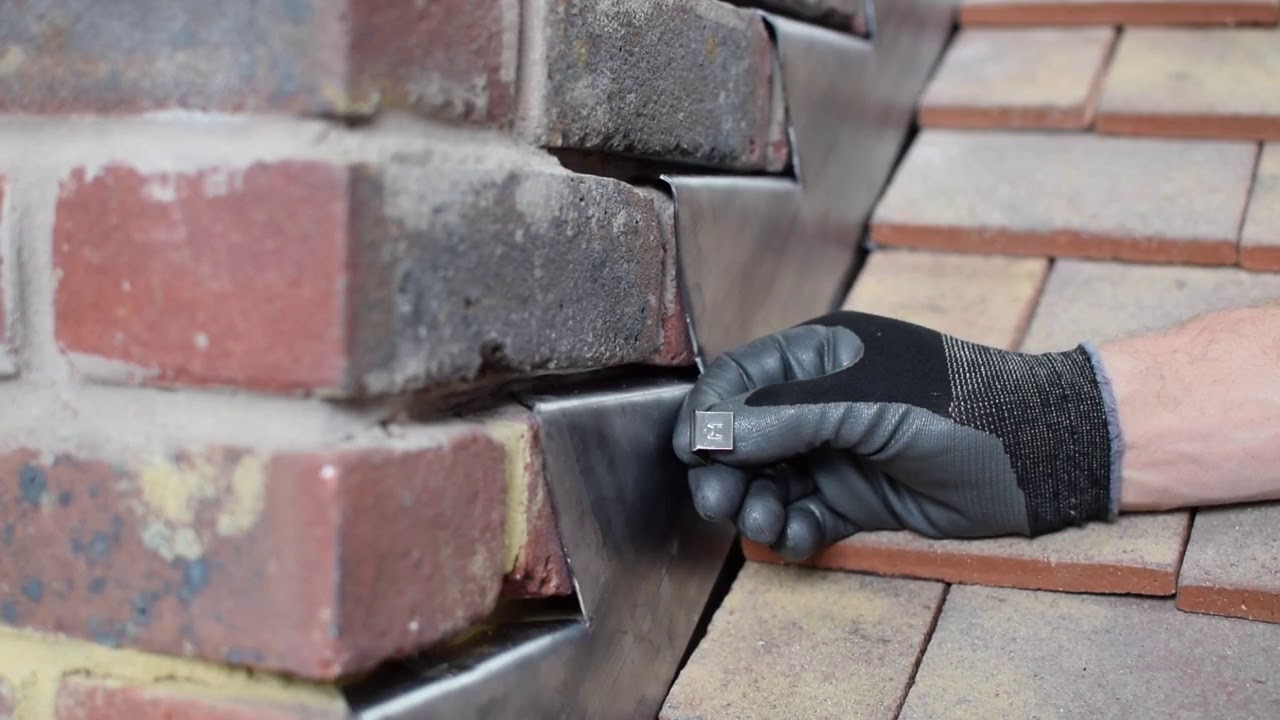

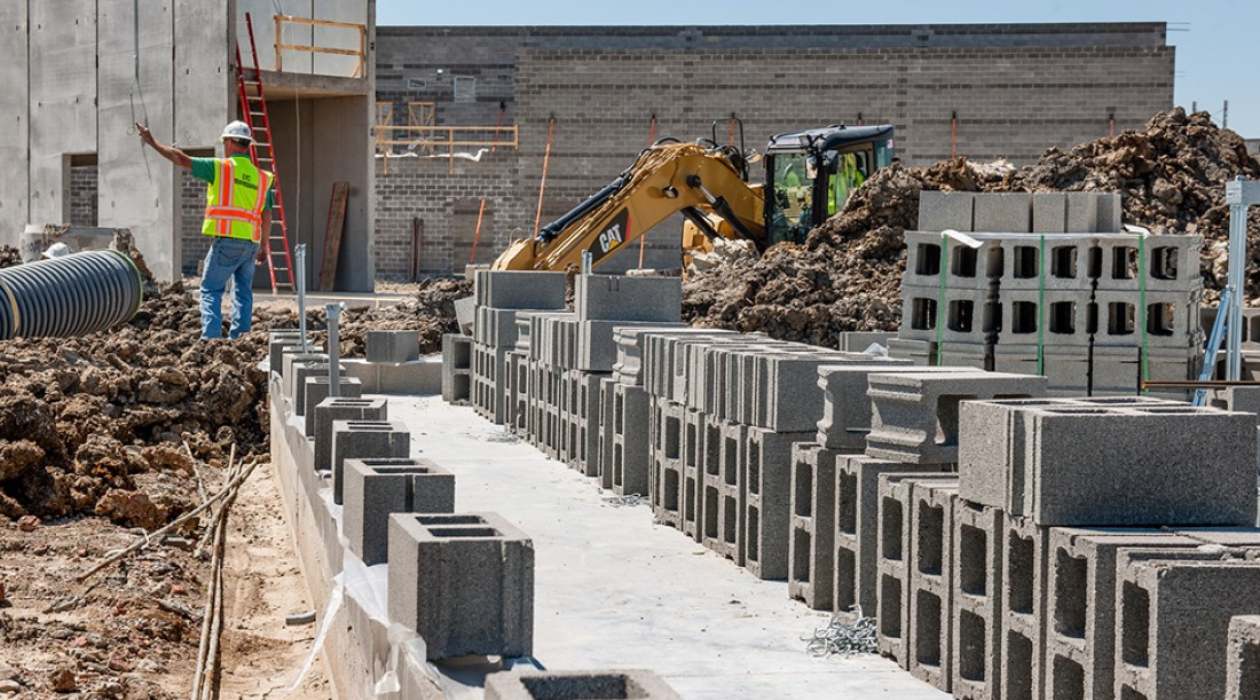



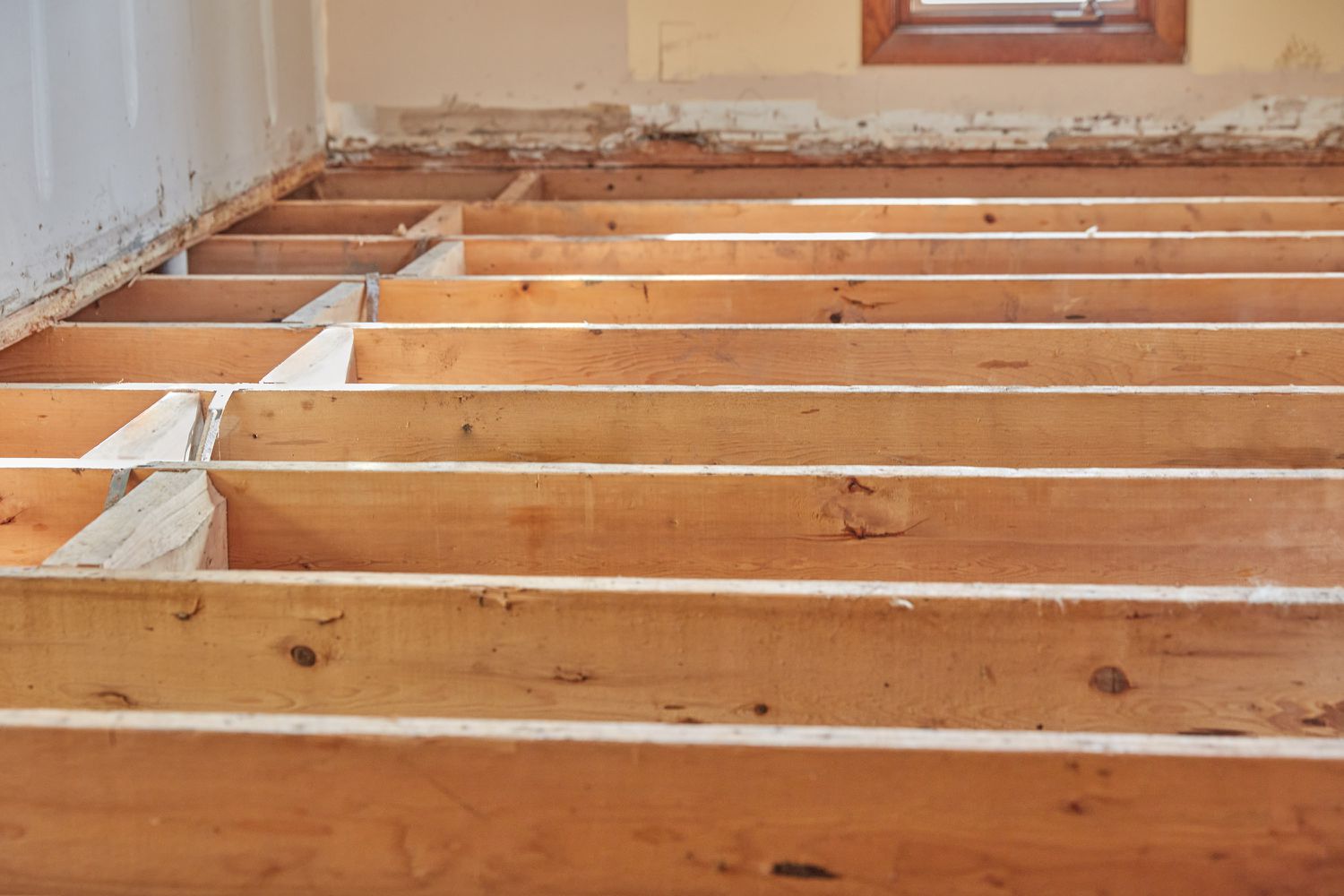
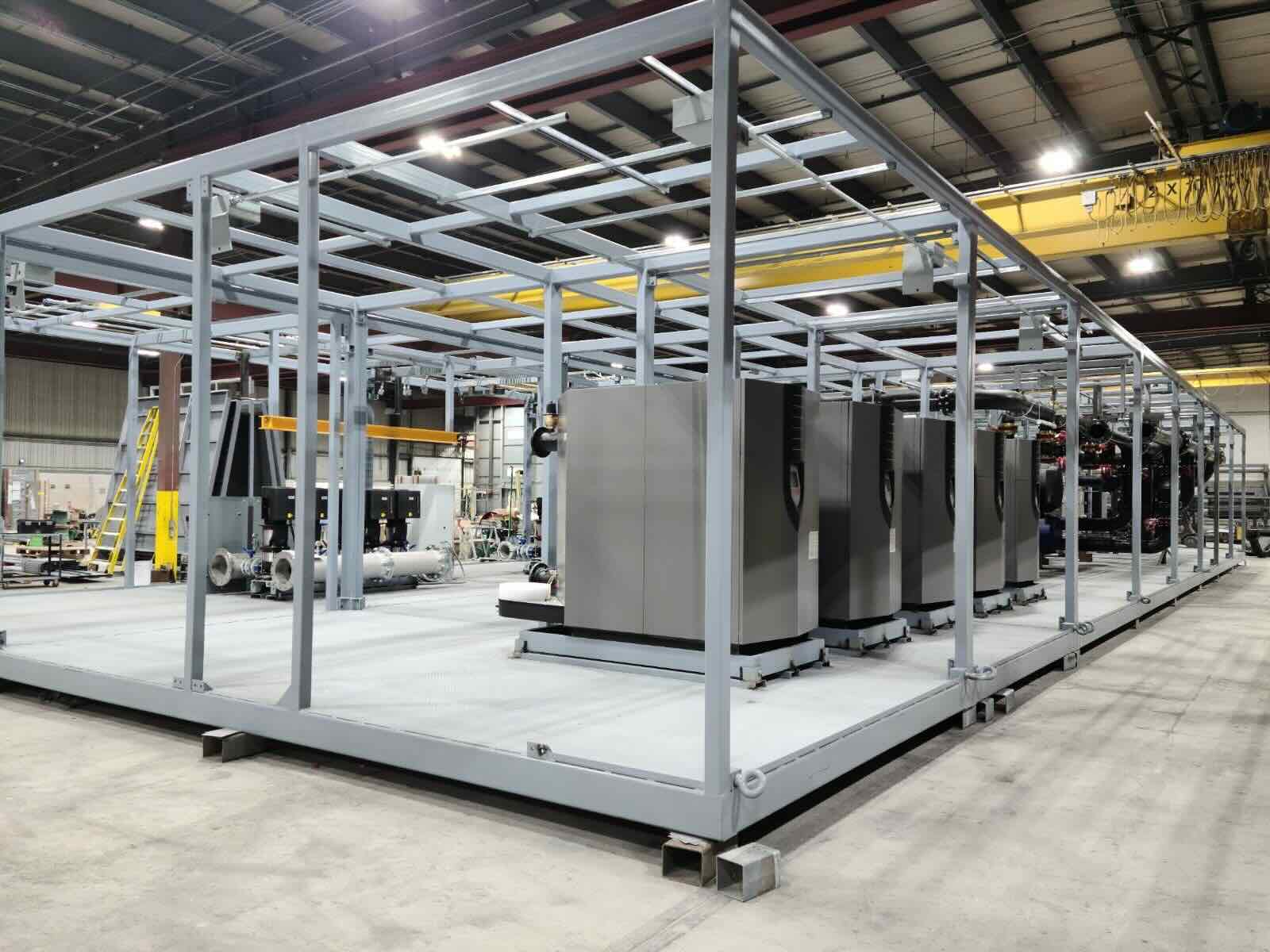

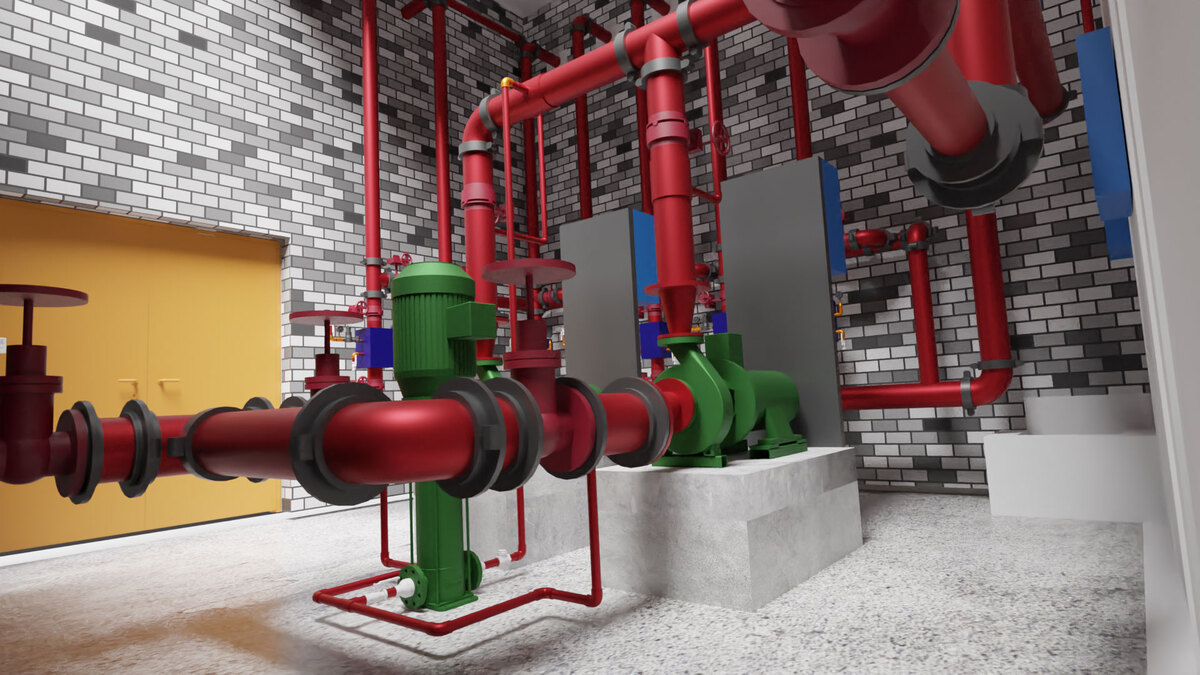


0 thoughts on “What Is A Flashing In Construction”